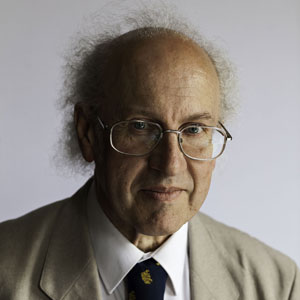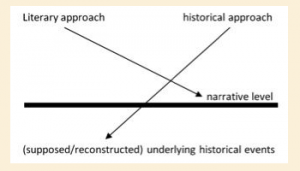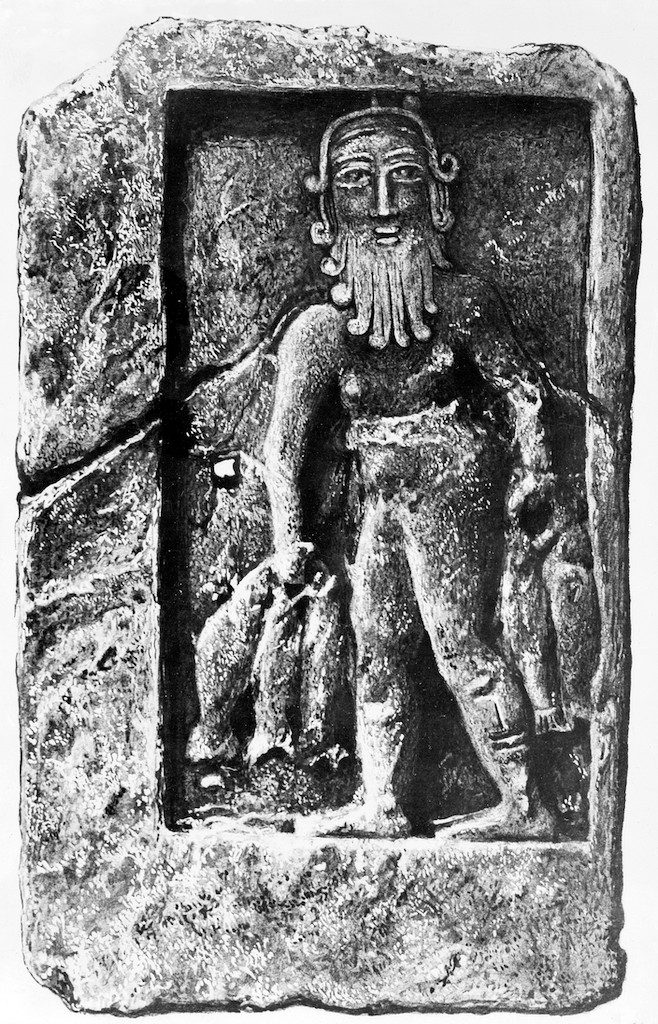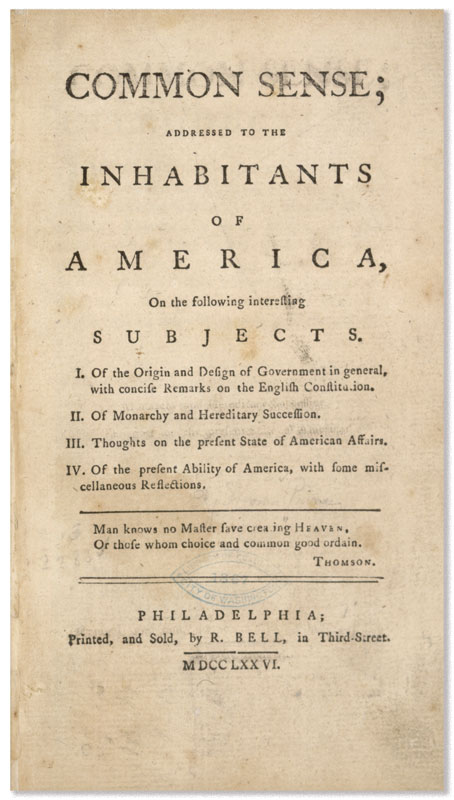
The most basic laws of historical evidence are very straightforward. History must be written from contemporary sources or with the aid of testimony carried to a later era by an identifiable and acceptable line of transmission. Many texts which present themselves for our consideration as testimony to Anglo-Saxon history are creations remote from that age. Historical writing may be entertaining if an author chooses to cut corners or ignore the rules of evidence when assessing such works—but it will not be worth the paper it is printed on.
Dumville, 55
Professor Dumville’s words conclude a chapter addressing questionable practices and conclusions of a number of medieval historians that echo, at least in my ears, methods in biblical studies.
In the opening paragraph Dumville sets out a warning that no doubt many scholars of “biblical Israel” and Christian origins would enthusiastically offer lip agreement to:
[The historian] must excavate his texts, not in the spirit of a treasure-hunter seeking little more than the thrill of whatever finds may come to hand, but in as measured and scientific a fashion as possible. In the academic discipline of history, as in archaeology, the time for treasure-hunting has now passed. In spite of occasional lapses, methods and standards of criticism are rigorous and well advertized.
Dumville, 43
Excavating texts?
That image of “excavating texts” reminds me of James McGrath’s illustration of the way a historian supposedly reads a text compared with the way of a literary analyst:

There is a significant difference, however. When Dumville speaks of “excavating” texts he makes not a single reference to any “criteria of authenticity” such as “criterion of embarrassment” or “criterion of double dissimilarity”; he makes no reference to “memory theory” as might have at that time been gleaned from Halbwach’s 1980 publication of The Collective Memory. What he means by “excavating” the texts is studying what can and can’t be known about their probable source material and any data (or absence of data) that establishes a clear line of record to the events written about. That is flatly opposed to the assumptions and implications of the diagram above. One cannot reason about the narrative style or presentation of a text in order to apply criteria or memory theory and thereby arrive at a “probable series of historical events”.
What excavating texts means to Dumville is establishing clear evidence of the use of sources that can be traced back to being contemporary with the events of the narrative or document. If the author does not set out the evidence that would enable readers to be assured that his or her story or record were derived ultimately from contemporary sources then the work is completely useless for historians who seek to reconstruct the earlier event.
Comparing hypothetical sources and traditions “behind” biblical texts
What if later narratives agree, though? Won’t that be some indication that they are at least close to accurately representing earlier events? No. Some medieval historians fell into that error (as Dumville would put it) when they concluded from agreements in later sources that those later source agreements indicated that they all used a much earlier set of documents from the very time of the events being studied.
Does anyone else at this point think of the arguments underlying the Q source? Or those that attempt to glimpse earlier memories? What of Bart Ehrman’s plethora of sources that, among others, add M and L to Q?
Contrast Dumville’s view of historians who worked back from agreements in later twelfth century sources to concluding that they were based on a hypothetical (surely actual) ninth century documents:
It was the implication of Pagan’s discussion of the Flores historiarum and Historia Dunelmensis ecclesie that such lists were maintained in ninth-century Northumbria. However, this view must be qualified by the knowledge that the unanimity of the twelfth-century Durham texts is sometimes in shared error or doubtful deduction. Continuity of accurate record is not therefore to be assumed, and any information with such an uncertain pedigree cannot sustain very confident use. (52)
Semantic seductions
Next, note the confusion of terminology, how sometimes the language of “documents” or “records” can so easily (I suggest even unconsciously) elide with sources that technically are not “documents” or “records” at all. (This was a criticism I once made of a discussion by James Crossley and that was the source of his outrage and, it seems at least to me, even some small ongoing obsession to denigrate this blog in subsequent publications. )
Lyon has laid some stress on the date 854 in Northumbrian historical record, observing that it ‘is explicitly mentioned in several documents, so it cannot be lightly rejected’. The first essential point is that it is not mentioned in any document at all, for we have none surviving from early Anglo-Saxon Northumbria. That very absence speaks volumes for the nature of institutional discontinuity in the Anglo-Scandinavian period. The date 854 is mentioned in a number of twelfth-and thirteenth-century literary texts. In discussing a historical subject, we must not lapse into the loose language of the archaeologist who is unaccustomed to written sources: not all written texts are documents; documentary and literary texts have a different status and require somewhat different handling. (52)
What they deride as “minimalism” in OT studies
A contemporary source, even if consisting of but one single coin, must outweigh tomes of written sources that offer no certain derivation from the time of the events they point to:
The instinct displayed by Hugh Pagan in 1969—for the numismatist to dispense with the apparent information of the written sources for much of ninth-century Northumbrian history and rely on evidence derivable directly from coinage—must, I think, command the assent of the historian. Hopeful manipulation of the twelfth-century literature serves little purpose. (53)
We are aware of difficulties and debates over efforts to reconcile various archaeological finds in the region of Palestine with Biblical narratives.
Compare an outsider review of Nazareth archaeology
I was further reminded of René Salm’s analysis of the published archaeological reports of pottery finds around Nazareth and the virulent attacks many have directed against him as a consequence — on the grounds that he is “not an archaeologist”. Dumville is not an archaeologist, either, but that does not render him incapable of reading thoughtfully, commenting on, and disagreeing with conclusions drawn by specialists and many peers who concur with them.
- The silver penny’s location, and the name on it, lead to the “obvious” conclusion that it must derive from a certain period well documented in the literary sources.
- The physical differences from other coins known to be related to those literary sources therefore raise questions.
- “Extraordinary hypotheses” are advanced to explain these physical differences. Why is one coin so different from the others “surely from the same provenance”?
- The “minimalist” view: Stripped from the problematic literary sources, the coin is more simply interpreted as evidence that our literary sources are incomplete and that they even fail to inform us of the existence of entire kingdoms.
The other problem of procedure concerns the now famous silver penny—from the Trewhiddle hoard, buried in Cornwall c. 875 x c. 895—bearing the name of a King Earned. Careful study of this coin has allowed the seemingly secure conclusion that it is to be compared with the coinage issued by Æthelwulf of Wessex in the 850s and Berhtwulf of Mercia in the 840s. The only known king of the name is the ruler of Northumbria to whom our twelfth- and thirteenth-century sources attribute a lengthy reign within the period 806-42. This king is well represented by an appropriate coinage. Neither the form nor the style of the Eanred silver penny seems to suit an equation with a Northumbrian king of the first half of the ninth century. Furthermore, G. C. Brooke gave it as his opinion that ‘the style of the coin seems . . . to prove it to be an issue of the Canterbury mint.
To meet this difficulty, extraordinary hypotheses have been advanced. It may not be wholly unfair to suspect that it provided much of the fuel powering Pagan’s radical reassessment of Northumbrian chronology. Alternatively we have been invited to allow the existence of ‘a historically unknown king, who was ruling, possibly in the Midlands, about 850’. (54)
The historian, for all his wish to know more about his research area, is obliged to confess ignorance, that the literary sources available sometimes simply do not justify conclusions we would like to make about our question of interest.
The Historian’s Conclusion
There are no back-up methods to fill in the gaps left by the absence of contemporary sources. There are no appeals to criteria of authenticity in the literary texts. There are no speculative exercises, however “intelligently guessed”, in memory theory. There is only the humble admission of ignorance.
After all, the most basic laws of historical evidence really are very straightforward.
Dumville, David N. 1987. “Textual Archaeology and Northumbrian History Subsequent to Bede.” In Coinage in the Ninth-Century Northumbria: The Tenth Oxford Symposium on Coinage and Monetary History, edited by D. M. Metcalf, 43–55. BAR British Series 180. Oxford: B.A.R.








